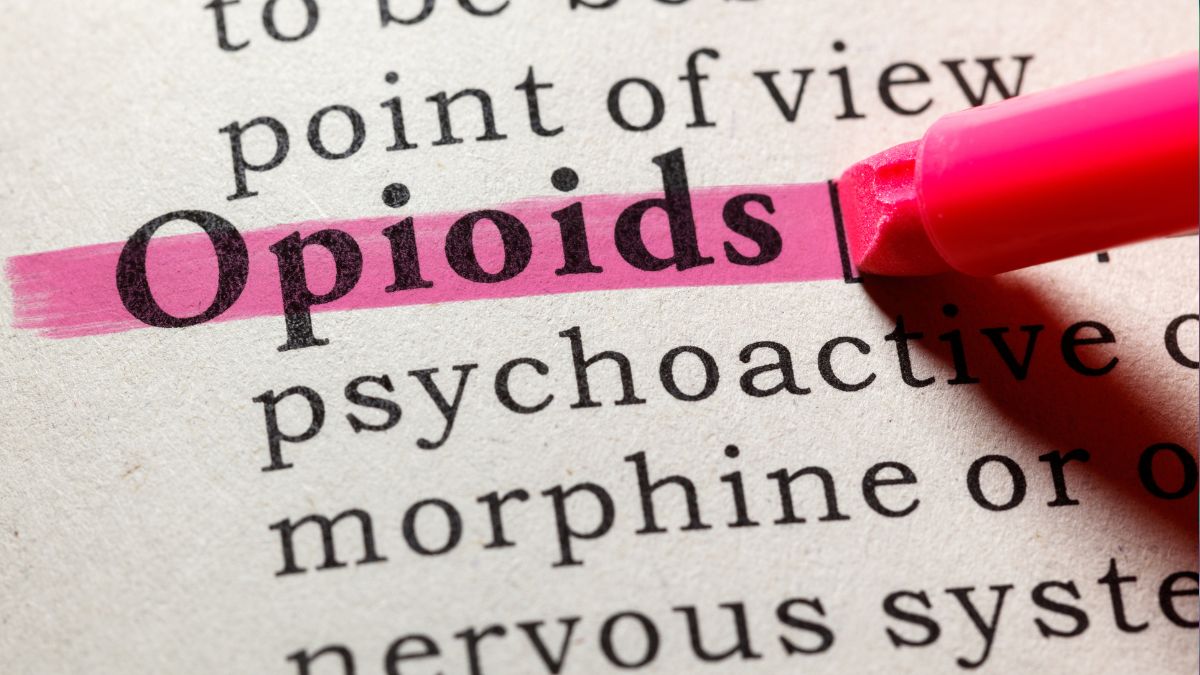
How Long Do Opioids Stay in Your System?
Opioids, a class of drugs used primarily for pain management, are effective but can also be dangerous due to their highly addictive properties. If you or a loved one is using opioids, it’s important to understand how long these substances stay in the body, what factors influence this, and the potential risks they carry. Whether you are undergoing a drug test, experiencing withdrawal, or seeking to break free from opioid use, this guide will help explain the timeline and effects of opioids in your system.
If you or a loved one is struggling with drug addiction, take the first step towards recovery! Reach out today by heading to our admissions page or calling us now.
What are Opioids?
Opioids include both prescription medications like oxycodone, hydrocodone, morphine, and fentanyl, as well as illegal drugs like heroin. These substances interact with opioid receptors in the brain, reducing pain and inducing feelings of euphoria. Because of this, opioids have a high potential for misuse and addiction.
Once taken, opioids are processed by the body and eventually eliminated through various means, primarily through the liver and kidneys. The length of time they remain detectable in your system depends on several factors, including the type of opioid, the dosage, and individual differences such as metabolism.
What Influences How Long Opioids Stay in Your System?
Many factors can affect how long opioids stay detectable in your body. Here are the main influences:
Type of Opioid: Different opioids stay in the system for varying lengths of time. For example, short-acting opioids like hydrocodone may leave the body more quickly, whereas long-acting opioids like methadone can remain detectable for a longer duration.
Dosage and Frequency: A higher dosage or prolonged use of opioids can lead to longer retention in the system. Regular users may find that their body takes longer to eliminate opioids compared to occasional users.
Metabolism: Your metabolism plays a crucial role in how quickly your body processes and eliminates drugs. Factors such as age, body weight, and overall health can impact metabolic speed.
Liver and Kidney Function: Because the liver and kidneys are responsible for breaking down and eliminating opioids, impaired function in these organs can slow down the process.
Hydration and Activity Levels: Staying hydrated and physically active can help speed up the elimination process of opioids from your body.
Detection Times for Different Types of Opioids
Opioids can be detected in the body through various testing methods such as urine, blood, saliva, and hair follicle tests. Here is a general overview of how long opioids remain detectable depending on the type of test:
Urine Test: Urine tests are the most common method for detecting opioids. For short-acting opioids like heroin and hydrocodone, opioids may be detectable in urine for up to 3-4 days after use. Longer-acting opioids like methadone can be detected for 6-7 days, depending on the dose and usage pattern.
Blood Test: Blood tests tend to have a shorter detection window. Short-acting opioids may be detected for up to 12-24 hours after use, while longer-acting opioids could be detectable for 24-48 hours.
Saliva Test: Opioids can be detected in saliva for 1-4 days depending on the specific opioid and its potency. Saliva tests are often used in roadside drug tests due to their ease of administration.
Hair Follicle Test: Hair tests have the longest detection window. Opioids can be detected in hair for up to 90 days or even longer. However, these tests are less common because of the time required for hair growth and the cost involved in testing.
Withdrawal from Opioids
If you stop taking opioids, the body undergoes a withdrawal process as it adjusts to the absence of the drug. Symptoms of opioid withdrawal can begin within a few hours to several days, depending on the type of opioid used.
Common withdrawal symptoms include:
- Restlessness and anxiety
- Muscle aches and pains
- Insomnia
- Sweating and chills
- Nausea and vomiting
- Diarrhea
The withdrawal process can last anywhere from a few days to several weeks, depending on the individual and their level of opioid dependence. It’s essential to seek professional help during withdrawal to manage symptoms and reduce the risk of relapse.
Risks of Opioid Use and Abuse
While opioids are effective at treating severe pain, they carry several risks, especially when misused. Prolonged use can lead to physical dependence, where the body becomes reliant on the drug to function normally. This can lead to addiction, a chronic and often relapsing disorder.
Long-term opioid abuse can also result in:
- Respiratory depression: Slowed or stopped breathing, which can be life-threatening
- Liver and kidney damage: Prolonged use puts strain on these organs, potentially leading to chronic diseases
- Cognitive impairment: Memory loss, difficulty concentrating, and other cognitive issues

Call Us Today At Lake Ave Recovery For Support
Understanding how long opioids stay in your system can help with everything from preparing for a drug test to managing withdrawal symptoms and seeking treatment for opioid addiction. Whether you’re concerned about a loved one’s opioid use or considering treatment options, it’s important to stay informed about how opioids affect the body.
If you or a loved one is struggling with opioid addiction, it’s essential to seek help. At Lake Ave Recovery in Massachusetts, we offer a range of services designed to help individuals overcome addiction and regain control of their lives. Our team of experienced professionals provides personalized treatment plans that include detox, counseling, and long-term support to ensure a successful recovery.
Addiction can be a difficult journey, but you don’t have to walk it alone. We’re here to support you every step of the way. Don’t wait— Call us today or visit our admissions page to learn more about our opioid addiction treatment programs.
